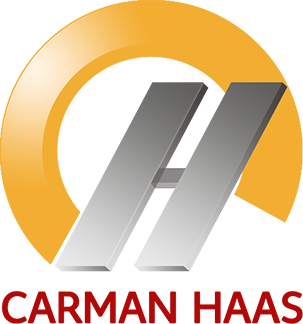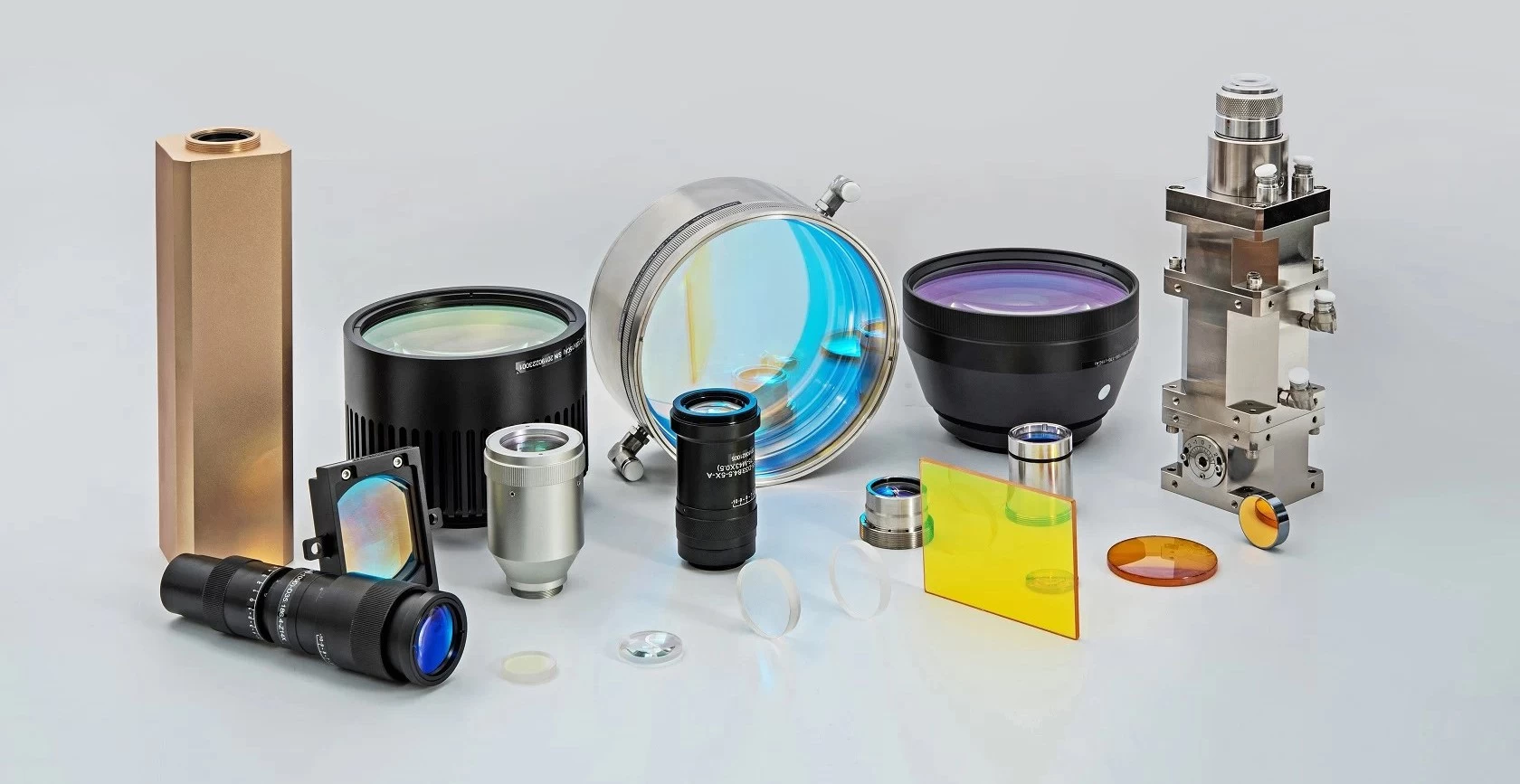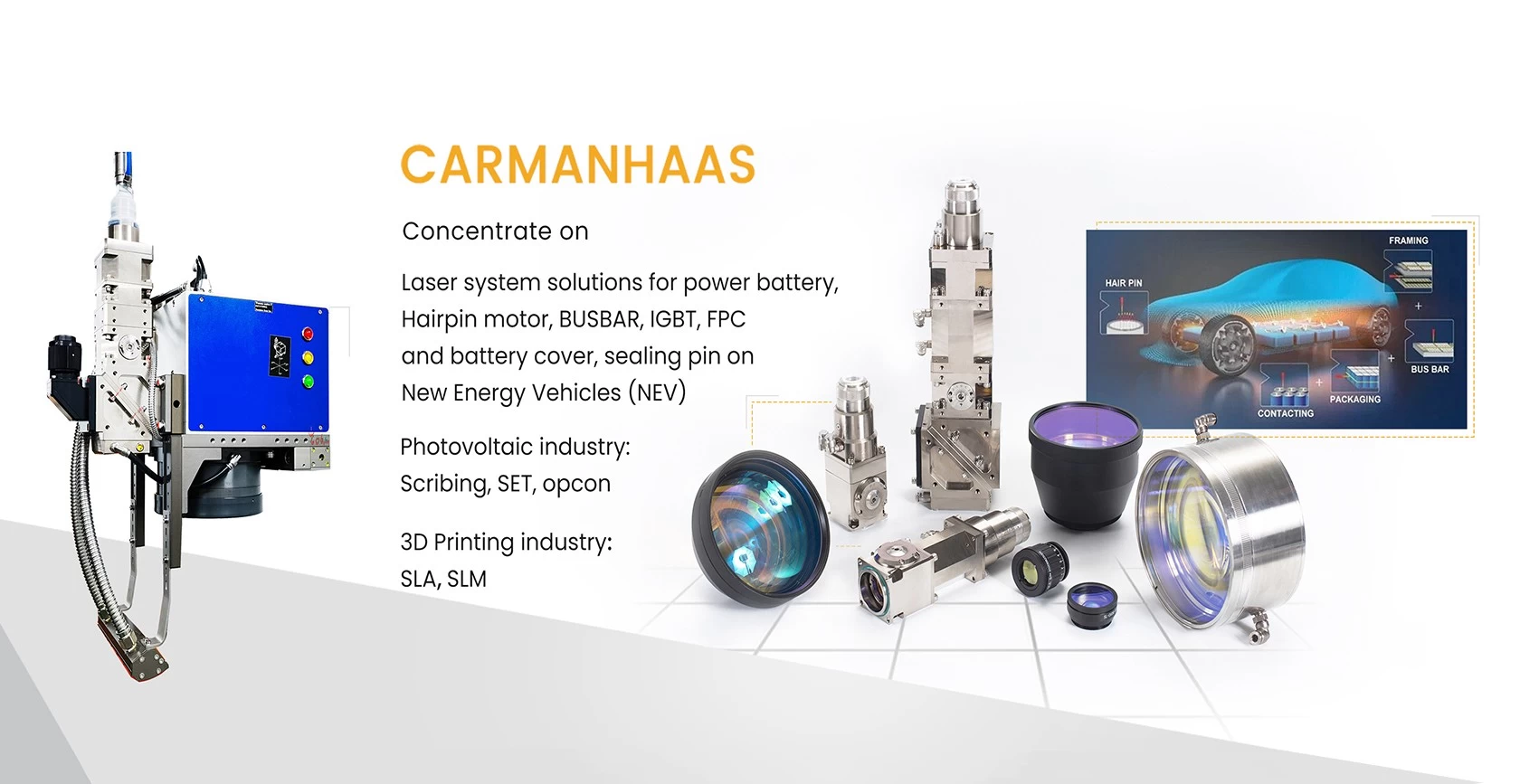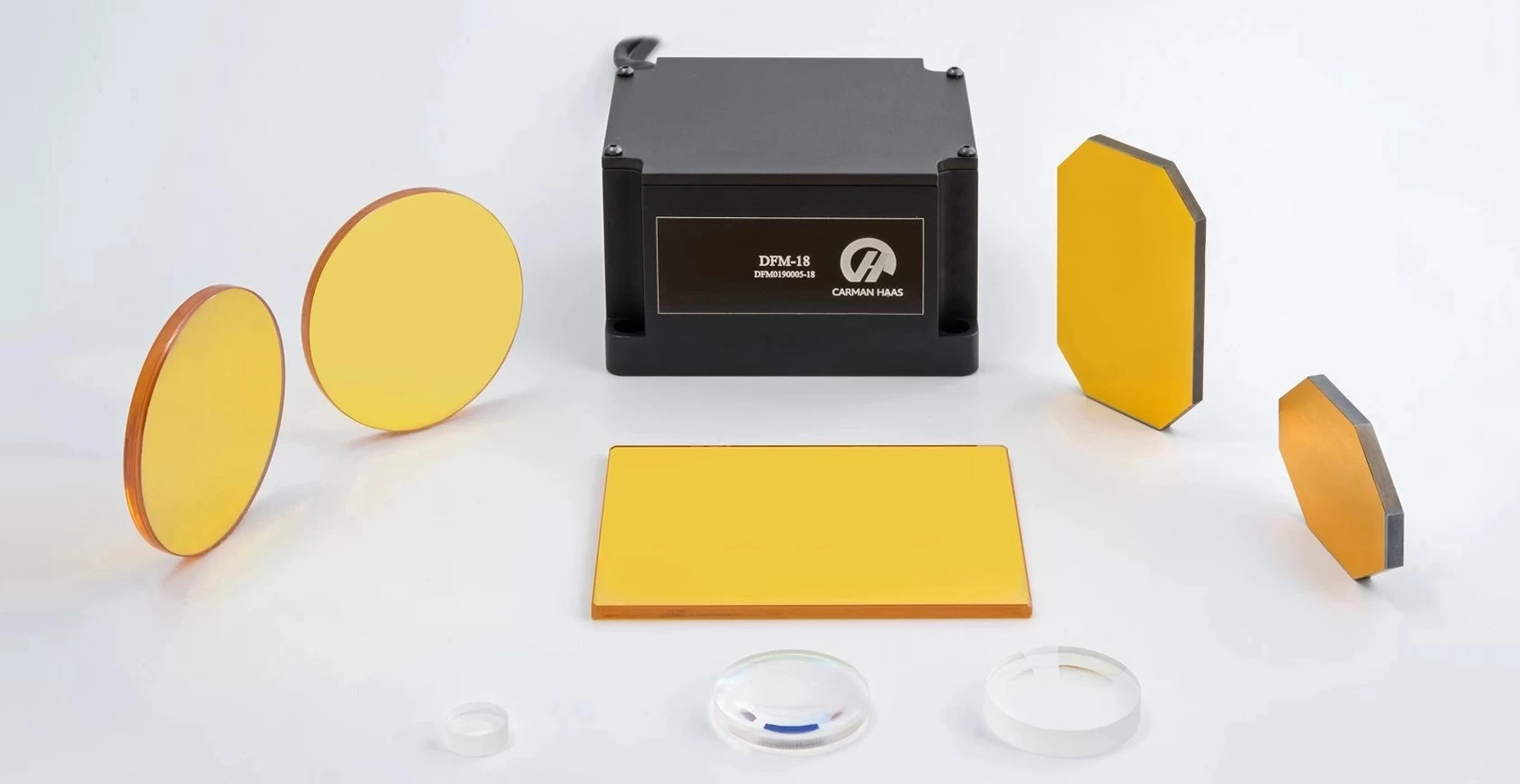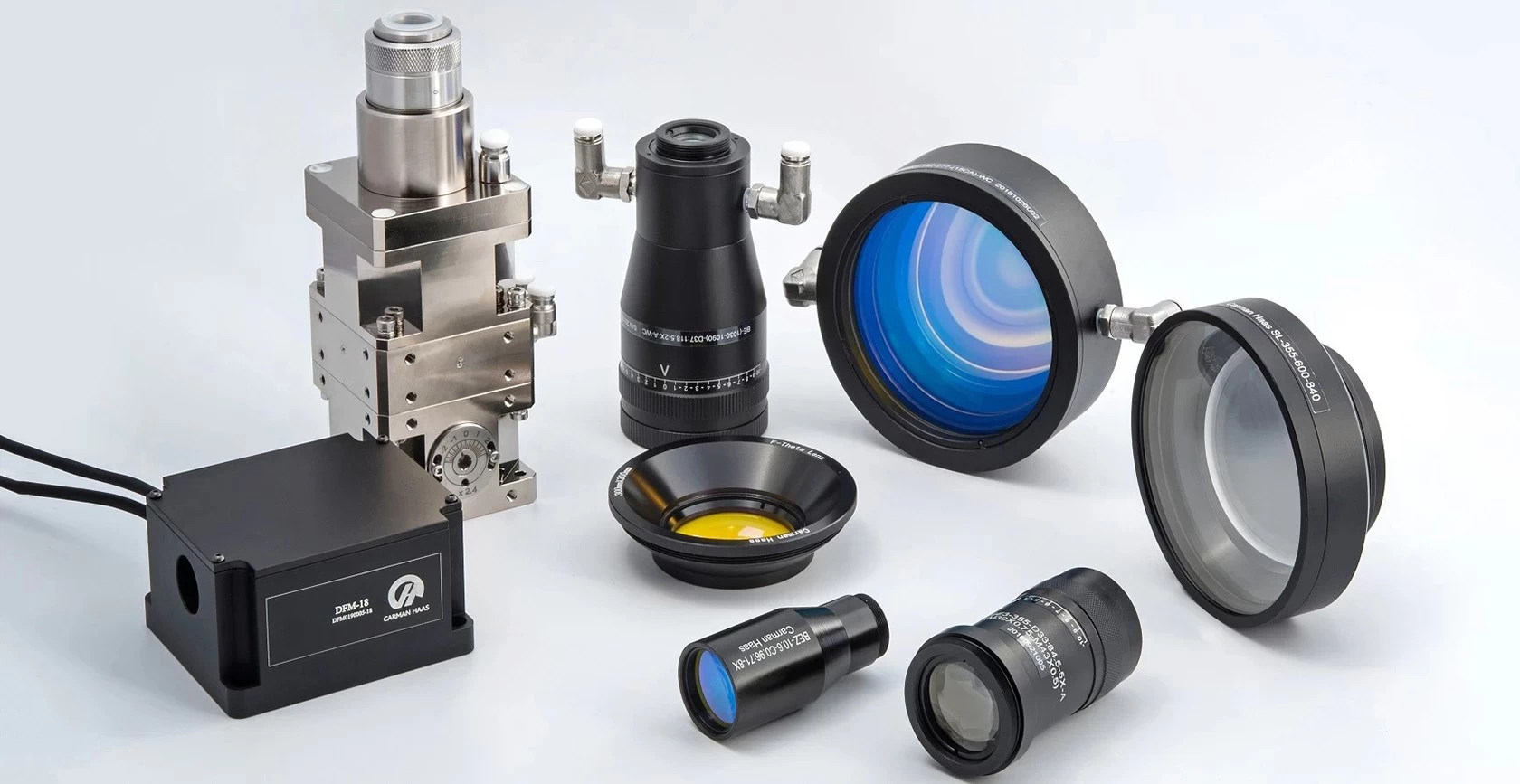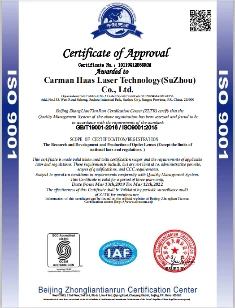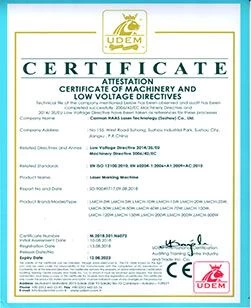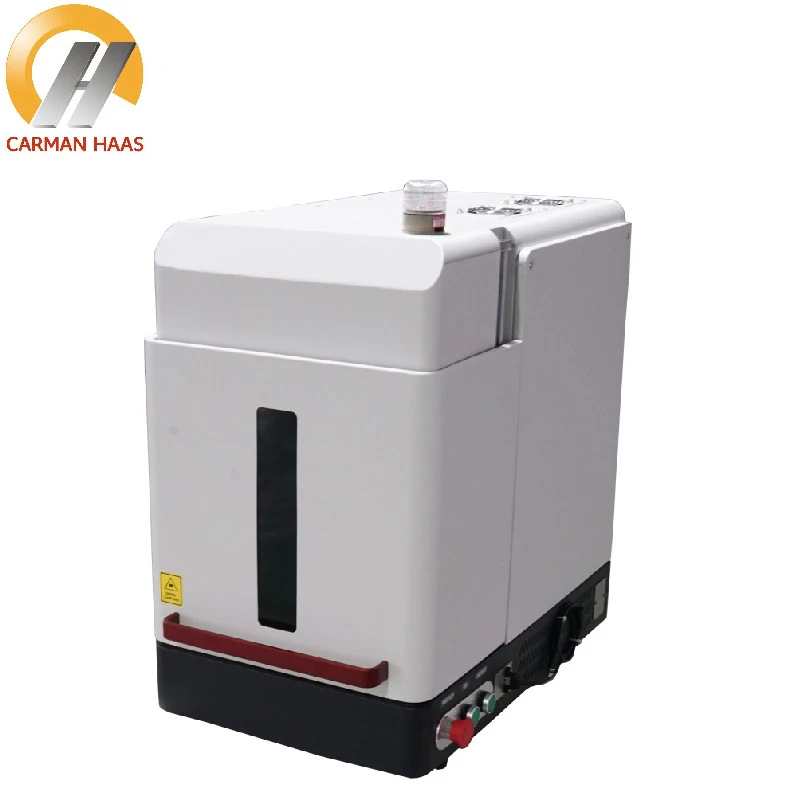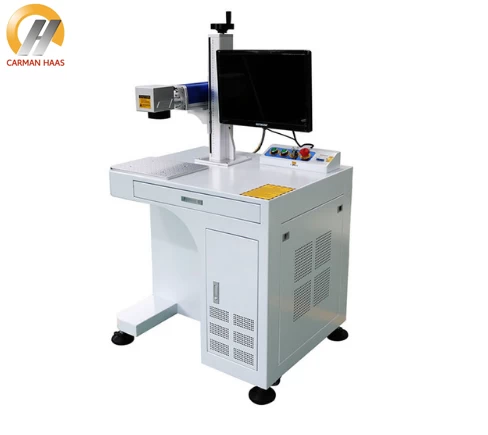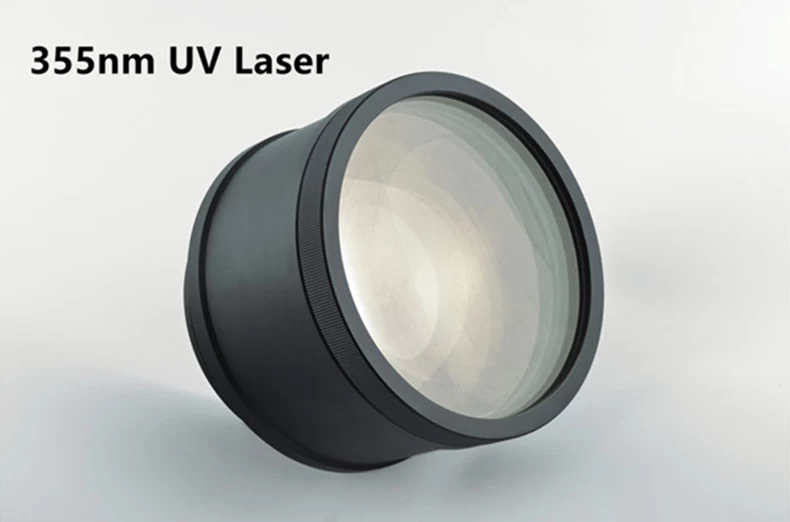Telecentric lens classification and technical advantages
Technical advantages of telecentric lens
1. High resolution
The image resolution is generally measured by the CTF (contrast transfer function) that quantifies the existing spatial frequency contrast of the image sensor, and the unit is lp/mm. Most machine vision integrators often just gather a large number of cheap low-pixel, low-resolution lenses, and finally can only generate blurred images. With a telecentric lens, even with a small pixel image sensor, high-resolution images can be generated.
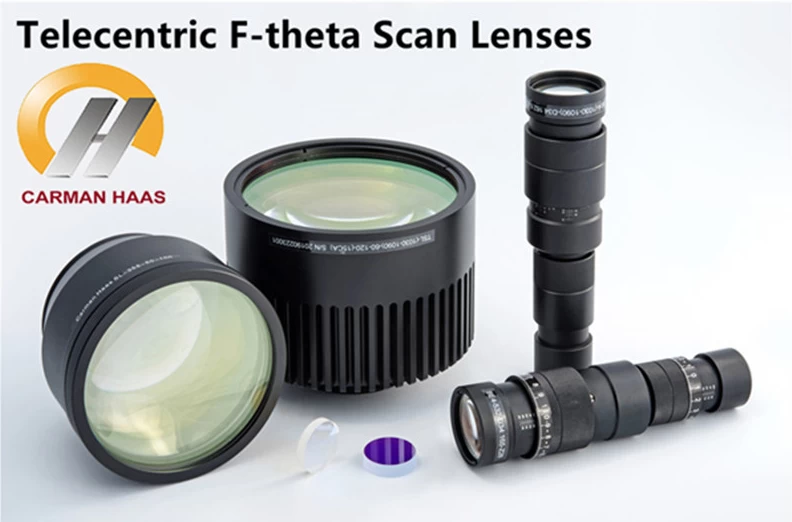
Telecentric f-Theta Lenses Fused Silica
2. True telecentric design, ultra-wide depth of field and low distortion
There was a view that the telecentric lens mainly solves the distortion problem. In fact, the telecentric lens solves not only the distortion problem, but the low distortion is only an additional attribute of the telecentric lens. The unique optical characteristics of the telecentric lens: when the object moves in the field of view, its magnification in different positions will not change, which determines that it cannot be replaced by ordinary industrial lenses in some fields. For example, its larger depth of field can be well adapted to the working environment on site, which is not a problem that can be solved only by algorithms.
3. Unique parallel light path design
Designing a telecentric lens for parallel-light imaging is not complicated in theory, but it is another matter if you want to achieve a certain resolution and imaging quality. The design and manufacturing difficulty of telecentric lenses is indeed greater than that of lenses in the general sense. The reason is that the size of the optical lenses of telecentric lenses is relatively large, which makes it more difficult to correct various phase differences of edge rays.
In order to obtain a good image quality of the edge field of view, higher product design and manufacturing accuracy is required, and in many cases it is necessary for the designer to have relatively rich design experience.

532nm Telecentric Lenses on Sale
Classification of telecentric lenses
According to the design principle, telecentric lenses are mainly divided into object-side telecentric lenses, image-side telecentric lenses, and two-side telecentric lenses.
1. Object-side telecentric lens
The object-side telecentric lens places the aperture diaphragm on the image-side focal plane of the optical system. When the aperture diaphragm is placed on the image-side focal plane, even if the object distance changes, the image distance also changes, but the image height does not change. There is no change, that is, the measured object size will not change. The object-side telecentric lens is used for industrial precision measurement, with minimal distortion, and high performance can achieve no distortion.
2. Image side telecentric lens
The image side telecentric lens, by placing an aperture stop on the object focal plane, makes the chief ray of the image side parallel to the optical axis, so that although the installation position of the CCD chip is changed, the projected image size on the CCD chip remains unchanged.
3. Telecentric lenses on both sides
The double-sided telecentric lens combines the advantages of the above two telecentric lenses. In industrial image processing, generally only object-side telecentric lenses are used. Occasionally, a telecentric lens on both sides is used. In the field of industrial image processing and machine vision, image-side telecentric lenses generally do not work, so this type of lens is basically not used in this industry.
